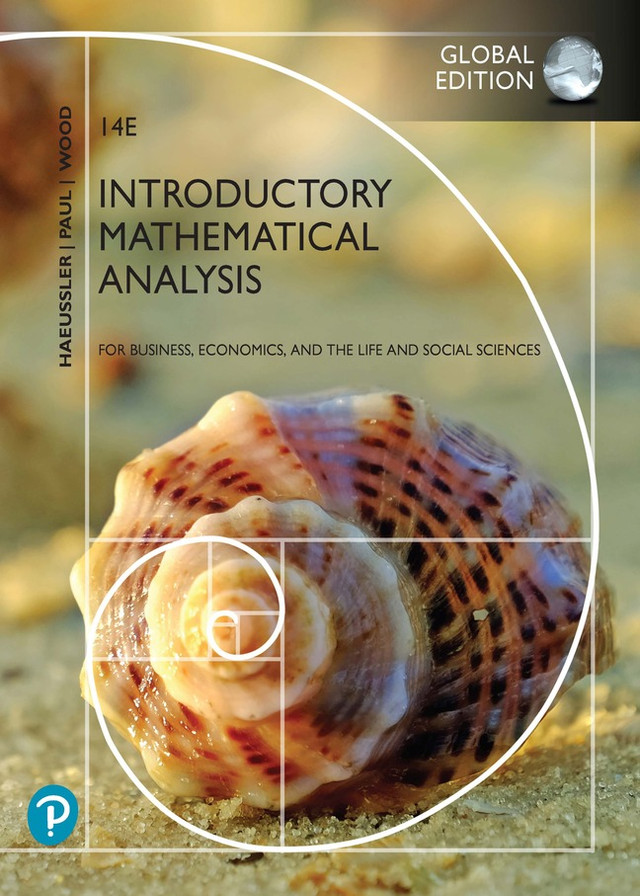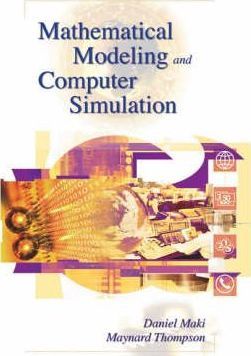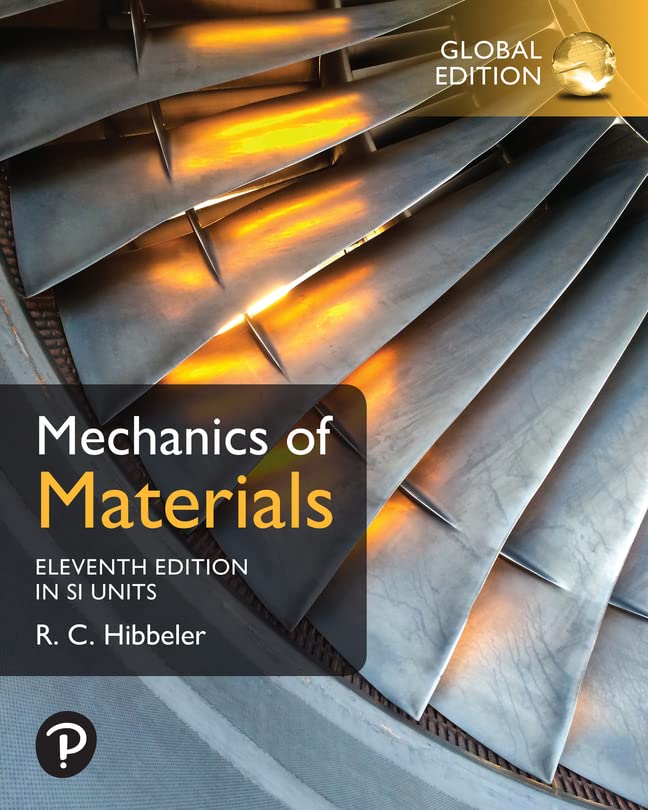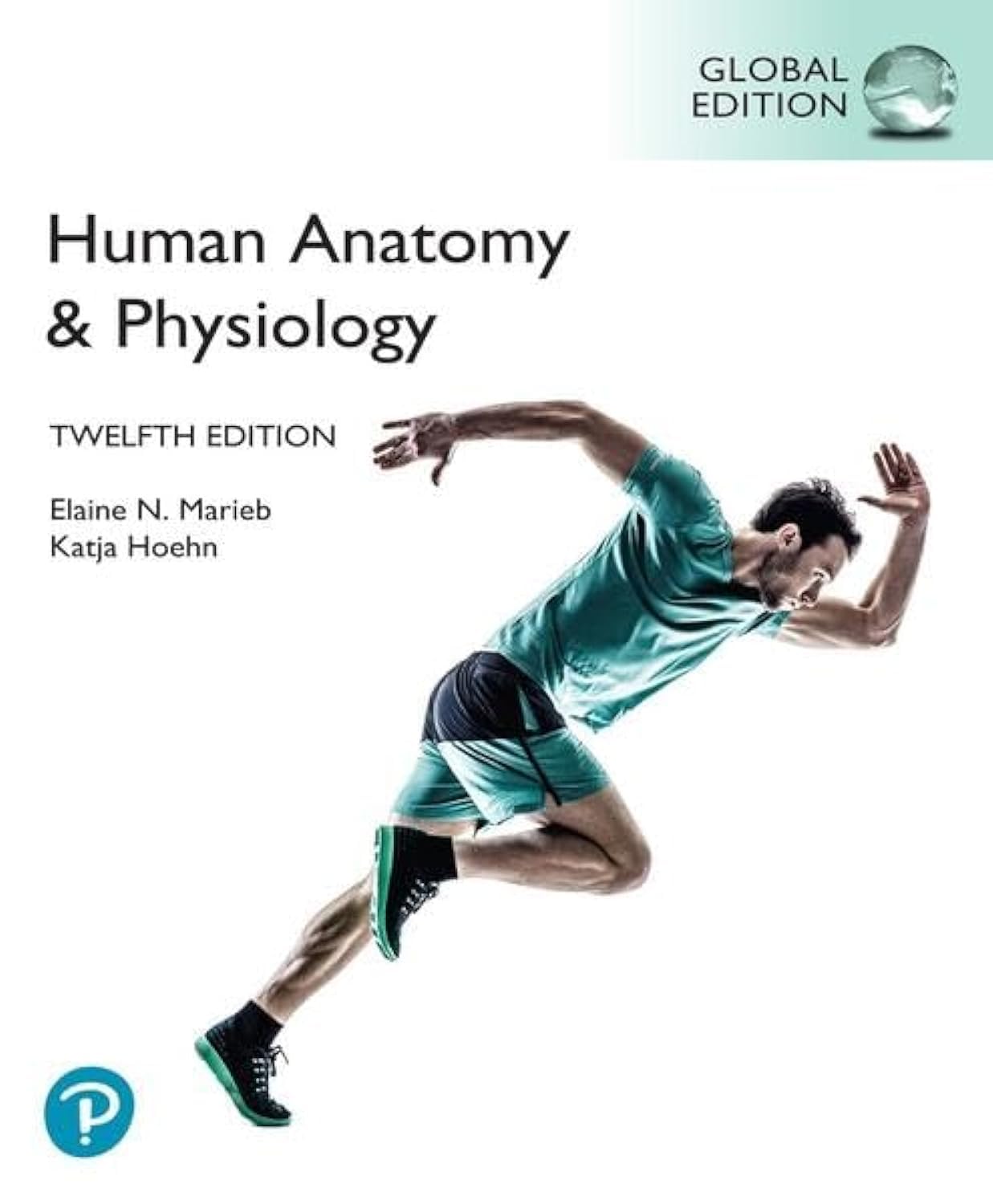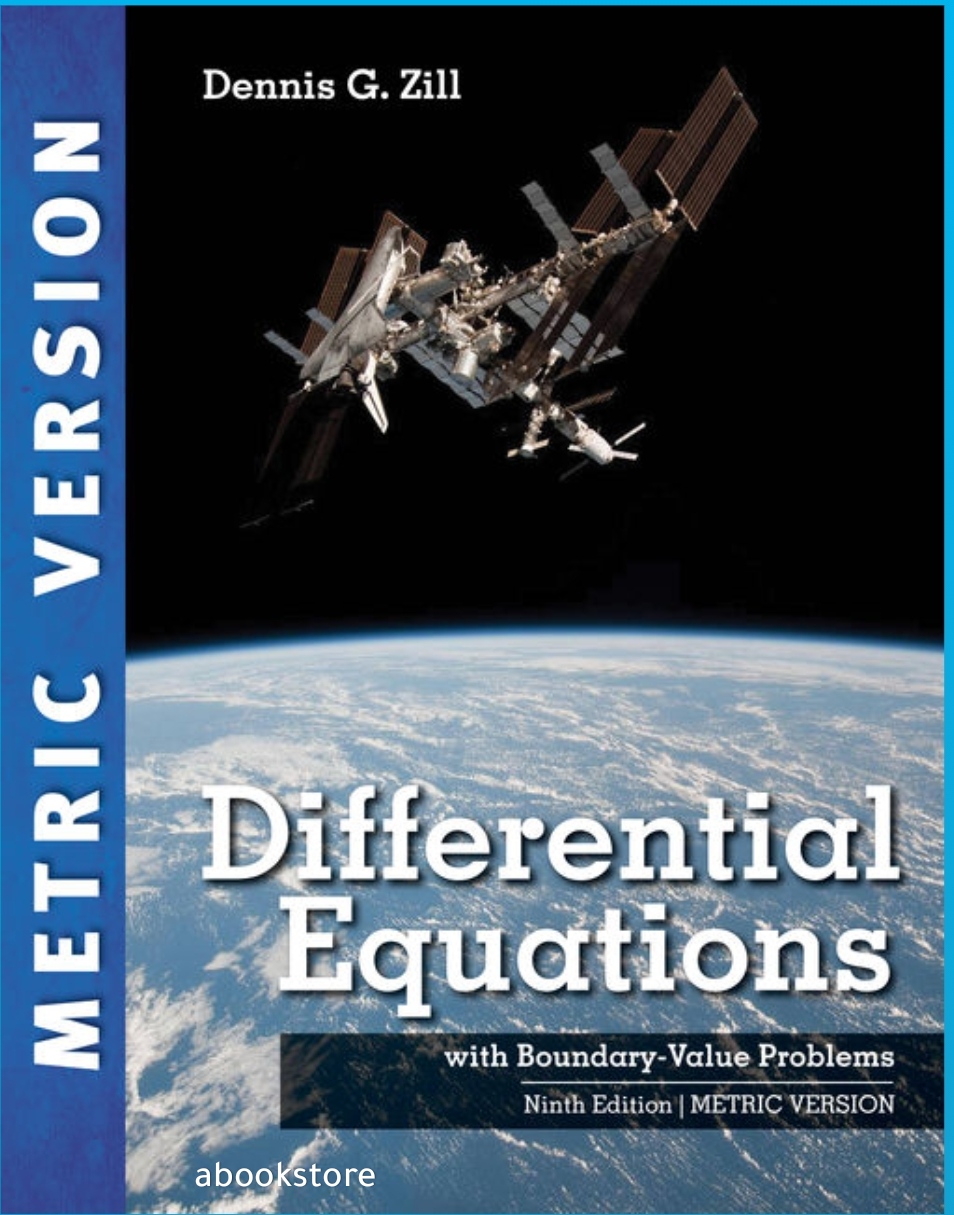To order the e-Book, kindly proceed to place the order directly at
https://t3-apac.pearson.com/introductory-mathematical-analysis-for-business-economics-and-the-life-and-social-sciences-global-edition/9781292413099R365
and apply the discount code of TBA_UMK_25 before checking out
This is a digital product (eBook) with 1 year access and no physical item to be post out.
Please take note of the access platform and access period.
Once the payment confirmed, we will proceed to send the order to the publisher to generate and send out the access code to your registered email address within 3-5 working days
CHAPTER 0 Review of Algebra
0.1 Sets of Real Numbers
0.2 Some Properties of Real Numbers
0.3 Exponents and Radicals
0.4 Operations with Algebraic Expressions
0.5 Factoring
0.6 Fractions
0.7 Equations, in Particular Linear Equations
0.8 Quadratic Equations
Chapter 0 Review
CHAPTER 1 Applications and More Algebra
1.1 Applications of Equations
1.2 Linear Inequalities
1.3 Applications of Inequalities
1.4 Absolute Valu
1.5 Summation Notation
1.6 Sequences
Chapter 1 Review
CHAPTER 2 Functions and Graphs
2.1 Functions
2.2 Special Functions
2.3 Combinations of Function
2.4 Inverse Functions
2.5 Graphs in Rectangular Coordinates
2.6 Symmetry
2.7 Translations and Reflections
2.8 Functions of Several Variables
Chapter 2 Review
CHAPTER 3 Lines, Parabolas, and Systems
3.1 Lines
3.2 Applications and Linear Functions
3.3 Quadratic Functions
3.4 Systems of Linear Equations
3.5 Nonlinear Systems
3.6 Applications of Systems of Equations
Chapter 3 Review
CHAPTER 4 Exponential and Logarithmic Functions
4.1 Exponential Functions
4.2 Logarithmic Functions
4.3 Properties of Logarithms
4.4 Logarithmic and Exponential Equations
Chapter 4 Review
PART II FINITE MATHEMATICS
CHAPTER 5 Mathematics of Finance
5.1 Compound Interest
5.2 Present Value
5.3 Interest Compounded Continuously
5.4 Annuities
5.5 Amortization of Loans
5.6 Perpetuities
Chapter 5 Review
CHAPTER 6 Matrix Algebra
6.1 Matrices
6.2 Matrix Addition and Scalar Multiplication
6.3 Matrix Multiplication
6.4 Solving Systems by Reducing Matrices
6.5 Solving Systems by Reducing Matrices (continued)
6.6 Inverses
6.7 Leontief’s Input–Output Analysis
Chapter 6 Review
CHAPTER 7 Linear Programming
7.1 Linear Inequalities in Two Variables
7.2 Linear Programming
7.3 The Simplex Method
7.4 Artificial Variables
7.5 Minimization
7.6 The Dual
Chapter 7 Review
CHAPTER 8 Introduction to Probability and Statistics
8.1 Basic Counting Principle and Permutations
8.2 Combinations and Other Counting Principles
8.3 Sample Spaces and Events
8.4 Probability
8.5 Conditional Probability and Stochastic Processes
8.6 Independent Events
8.7 Bayes’ Formula
Chapter 8 Review
CHAPTER 9 Additional Topics in Probability
9.1 Discrete Random Variables and Expected Value
9.2 The Binomial Distribution
9.3 Markov Chains
Chapter 9 Review
PART III CALCULUS
CHAPTER 10 Limits and Continuity
10.1 Limits
10.2 Limits (Continued)
10.3 Continuity
10.4 Continuity Applied to Inequalities
Chapter 10 Review
CHAPTER 11 Differentiation
11.1 The Derivative
11.2 Rules for Differentiation
11.3 The Derivative as a Rate of Change
11.4 The Product Rule and the Quotient Rule
11.5 The Chain Rule
Chapter 11 Review
CHAPTER 12 Additional Differentiation Topics
12.1 Derivatives of Logarithmic Functions
12.2 Derivatives of Exponential Functions
12.3 Elasticity of Demand
12.4 Implicit Differentiation
12.5 Logarithmic Differentiation
12.6 Newton’s Method
12.7 Higher-Order Derivatives
Chapter 12 Review
CHAPTER 13 Curve Sketching
13.1 Relative Extrema
13.2 Absolute Extrema on a Closed Interval
13.3 Concavity
13.4 The Second-Derivative Test
13.5 Asymptotes
13.6 Applied Maxima and Minima
Chapter 13 Review
CHAPTER 14 Integration
14.1 Differentials
14.2 The Indefinite Integral
14.3 Integration with Initial Conditions
14.4 More Integration Formulas
14.5 Techniques of Integration
14.6 The Definite Integral
14.7 The Fundamental Theorem of Calculus
Chapter 14 Review
CHAPTER 15 Applications of Integration
15.1 Integration by Tables
15.2 Approximate Integration
15.3 Area Between Curves
15.4 Consumers’ and Producers’ Surplus
15.5 Average Value of a Function
15.6 Differential Equations
15.7 More Applications of Differential Equations
15.8 Improper Integrals
Chapter 15 Review
CHAPTER 16 Continuous Random Variables
16.1 Continuous Random Variables
16.2 The Normal Distribution
16.3 The Normal Approximation to the Binomial Distribution
Chapter 16 Review
CHAPTER 17 Multivariable Calculus
17.1 Partial Derivatives
17.2 Applications of Partial Derivatives
17.3 Higher-Order Partial Derivatives
17.4 Maxima and Minima for Functions of Two Variables
17.5 Lagrange Multipliers
17.6 Multiple Integrals
Chapter 17 Review
APPENDIX A Compound Interest Tables
APPENDIX B Table of Selected Integrals
APPENDIX C Areas Under the Standard Normal Curve
